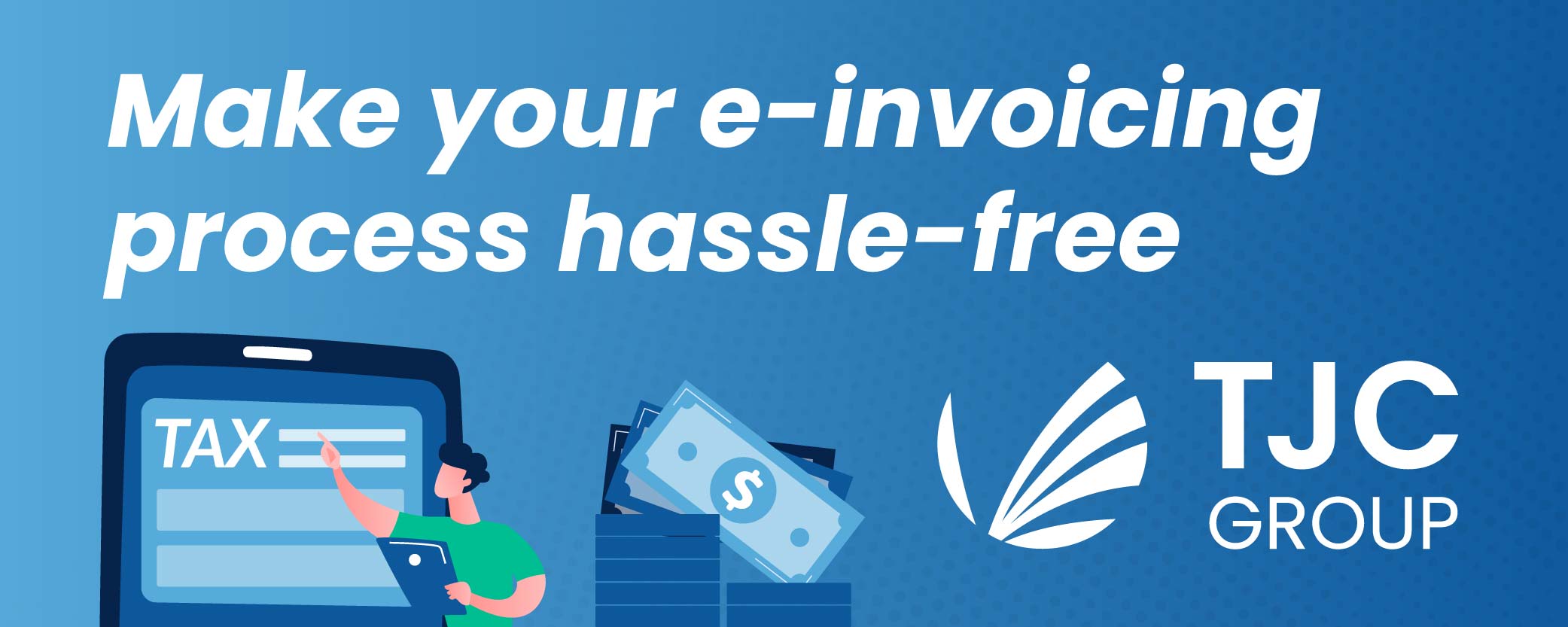- The Minister of Finance announced a potential VAT rate increase on March 12, 2025.
- The proposed increase is 0.5 percentage points effective May 1, 2025, with another 0.5 percentage point increase on April 1, 2026, pending parliamentary approval.
- The last VAT rate increase was in 2018, making transitional provisions important for vendors.
- Transitional provisions determine the applicable VAT rate based on transaction timing relative to the effective date.
- These provisions do not replace the time-of-supply rules in section 9 of the VAT Act.
- Key trigger points include the date of delivery for goods, registration date for fixed property sales, possession date for rental agreements, and the date services are performed.
- Special rules apply to fixed property used as a dwelling if a written agreement is concluded before the effective date.
- Vendors may need to assess their ERP and accounting systems and may require manual record-keeping.
- It is important to be familiar with transitional provisions and monitor VAT rates on a transaction-by-transaction basis.
Source: kpmg.com
Note that this post was (partially) written with the help of AI. It is always useful to review the original source material, and where needed to obtain (local) advice from a specialist.















